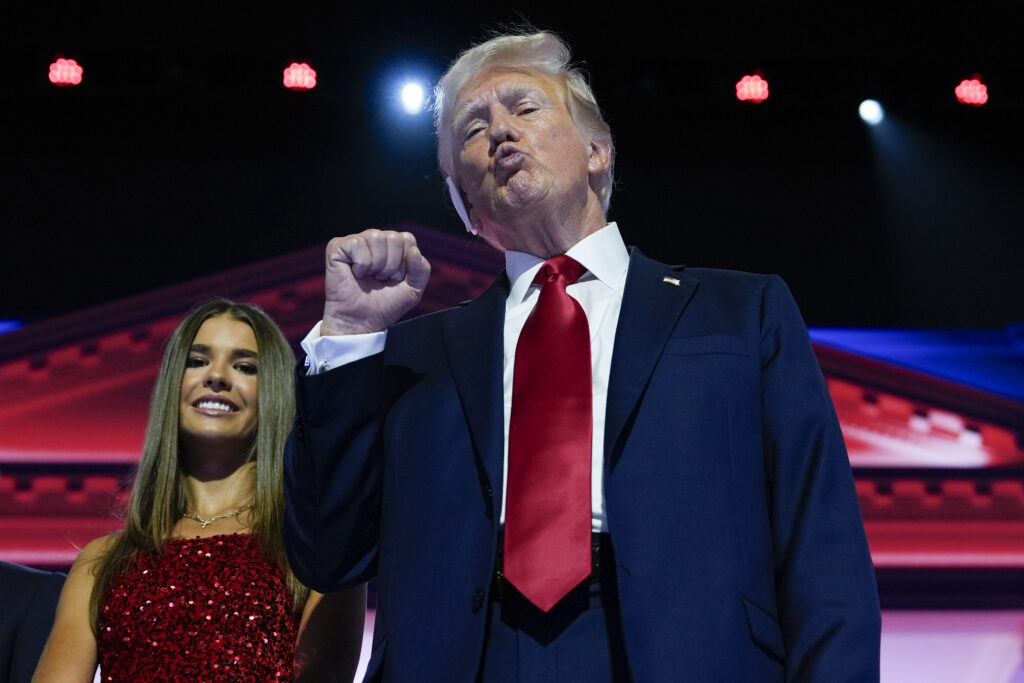The Republican Party held its convention from July 15 to 18 in Milwaukee, where former President Donald Trump was confirmed as the candidate, and the selection of Ohio Senator «JD» Vance as his running mate was announced. Meanwhile, the Democratic Party just held its convention in Chicago, officially nominating Kamala Harris for the presidency and Minnesota Governor Tim Walz as her vice-presidential running mate.
Conventions continue to play an important role in the life of both parties, whether due to their immense power to energize voters, the final delineation of their government proposals, or the unique platform they provide for candidates to showcase their strength and coherence—not just to the attendees, who are mostly their allies, but also to the public and potential voters.
“What’s happened is the convention has become a showcase for the parties and a way of getting attention for the nominees,” says Professor David Karol of the University of Maryland.
Over the years, it has been possible to draw a line of contrast between the two conventions. For instance, during the 2020 campaign, the media highlighted how, while the Democratic National Convention strictly adhered to anti-Covid measures and mask-wearing, the Republican Convention, in line with its “anti-pandemic” stance, had much more relaxed prevention measures.

This year, that contrast can be drawn from the testimony of many Republicans who, after working with the Trump Administration, have decided to change candidates, without switching parties, and have publicly supported the Harris-Walz ticket.
An increasing number of regretful Republicans have joined what analysts highlight as the fight of some conservative leaders working against a victory for former President Donald Trump in order to reclaim the party, which has been dominated by the MAGA members.
On the other hand, Democrats welcomed them, demonstrating openness and inclusivity by listening to divergent voices, whether they come from the party’s broad base or spokespersons of ethnic, ideological minorities, or marginalized groups—even celebrating peaceful protests calling for peace in the Gaza Strip.
Highlighting this contrast is crucial in light of the pivotal historical moment the country will face on November 5, where two opposing visions for the future direction of the world’s still most powerful nation are at stake.







